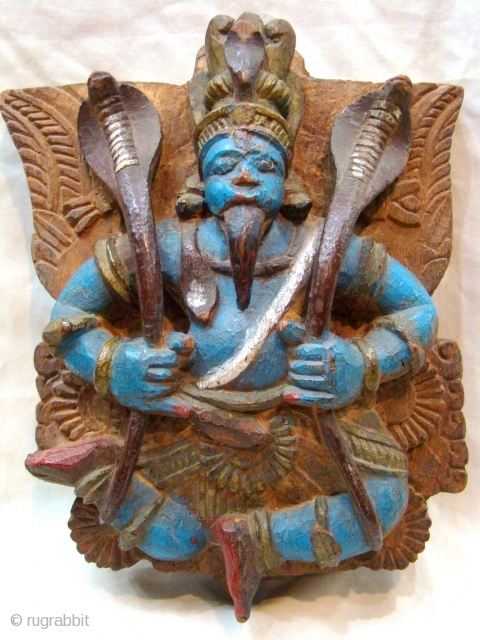

The brahminy kite can be seen alone or in groups. They are mostly found near coastal waters, estuaries, mangrove swamps, wetlands, and near cities. What is a brahminy kite's habitat?īrahminy kites do not relocate in winter, but they do have movements associated with rainfall in some parts. Iran and Australia (the coastal region of western Australia to as far south as New South Wales) are both also home to brahminy kites. They live in southeast Asia, in India, Sri Lanka, Nepal, Pakistan, and Bangladesh. The exact number of brahminy kite (Haliastur indus) birds in the world is not known. How many brahminy kites are there in the world? This species of bird belongs to the class of Aves. What class of animal does a brahminy kite belong to? It belongs to the family of Accipitridae. If you like reading animal facts, do check out our Mississippi kite and swallow-tailed kite facts too!įamily Accipitridae Brahminy Kite Interesting Facts What type of animal is a brahminy kite?Ī brahminy kite (Haliastur indus) is a type of bird.

Therefore, fishing over water is one of their key characteristics, where they swim and take off without any problem. This species of bird may sometimes land in the water and still manage to swim and catch prey. They generally do not migrate but they do make seasonal movements associated with levels of rainfall in parts of their range. However, they mostly prefer coastal and inland wetlands, where they eat dead fish and other prey. They are found in a range of habitats, particularly in South Asia (India, Sri Lanka, Nepal).
#Brahminy kite Patch
These medium-sized raptors are distinguished by a squarish pale patch on the underwing carpal area. This species of bird has dark-fingered wing tips and a low tail. Adults have a reddish-brown body plumage that contrasts with their white head and breast, allowing them to be distinguished from other raptors. The brahminy kite (Haliastur indus) is a species of recognizable medium-sized raptors (birds of prey). Anyone using the information provided by Kidadl does so at their own risk and we can not accept liability if things go wrong. Kidadl cannot accept liability for the execution of these ideas, and parental supervision is advised at all times, as safety is paramount. We recommend that these ideas are used as inspiration, that ideas are undertaken with appropriate adult supervision, and that each adult uses their own discretion and knowledge of their children to consider the safety and suitability. Our recommended activities are based on age but these are a guide. We recognise that not all activities and ideas are appropriate and suitable for all children and families or in all circumstances. Kidadl provides inspiration to entertain and educate your children. We will always aim to give you accurate information at the date of publication - however, information does change, so it’s important you do your own research, double-check and make the decision that is right for your family. We try our very best, but cannot guarantee perfection. We strive to recommend the very best things that are suggested by our community and are things we would do ourselves - our aim is to be the trusted friend to parents. Osprey has a brown eyeline and all-white underparts.At Kidadl we pride ourselves on offering families original ideas to make the most of time spent together at home or out and about, wherever you are in the world. In flight and during antagonistic encounters, produces a harsh "peeee-yah." Similar Speciesīrahminy Kite: Black Kite is brown with no white on the body. Pairs give low-pitched, descending "kweeaah" calls. Vocalizationīrahminy Kite: Largely silent outside of breeding and nesting. It also takes fish from the surface of the water, and will catch small animals when the opportunity presents itself. Forages by soaring or flying over towns, marshes, mangroves, bays, and other coastal habitats, and swooping down to carrion or crabs on the ground. Foraging and Feedingīrahminy Kite: Feeds on fish, crabs, carrion, and, on occasion, small animals. The female incubates the eggs for 26 to 27 days. The nest is lined with leaves and built in a mangrove or other coastal tree species, and is occasionally placed on the ground. Breeding and Nestingīrahminy Kite: Two blue-white eggs are laid in a large nest constructed with sticks and small branches.

Takes prey and carrion by snatching it from the surface of the water and feeding on the ground. Forages for fish, carrion, and small animals on beaches, at garbage dumps, over towns, and in harbors. Medium length tail with slightly rounded tip. Faint, fine streaks on crown, nape, and breast, and long, broad wings with black primaries. Brahminy Kite: Large, chestnut-colored raptor with white head and breast.


 0 kommentar(er)
0 kommentar(er)
